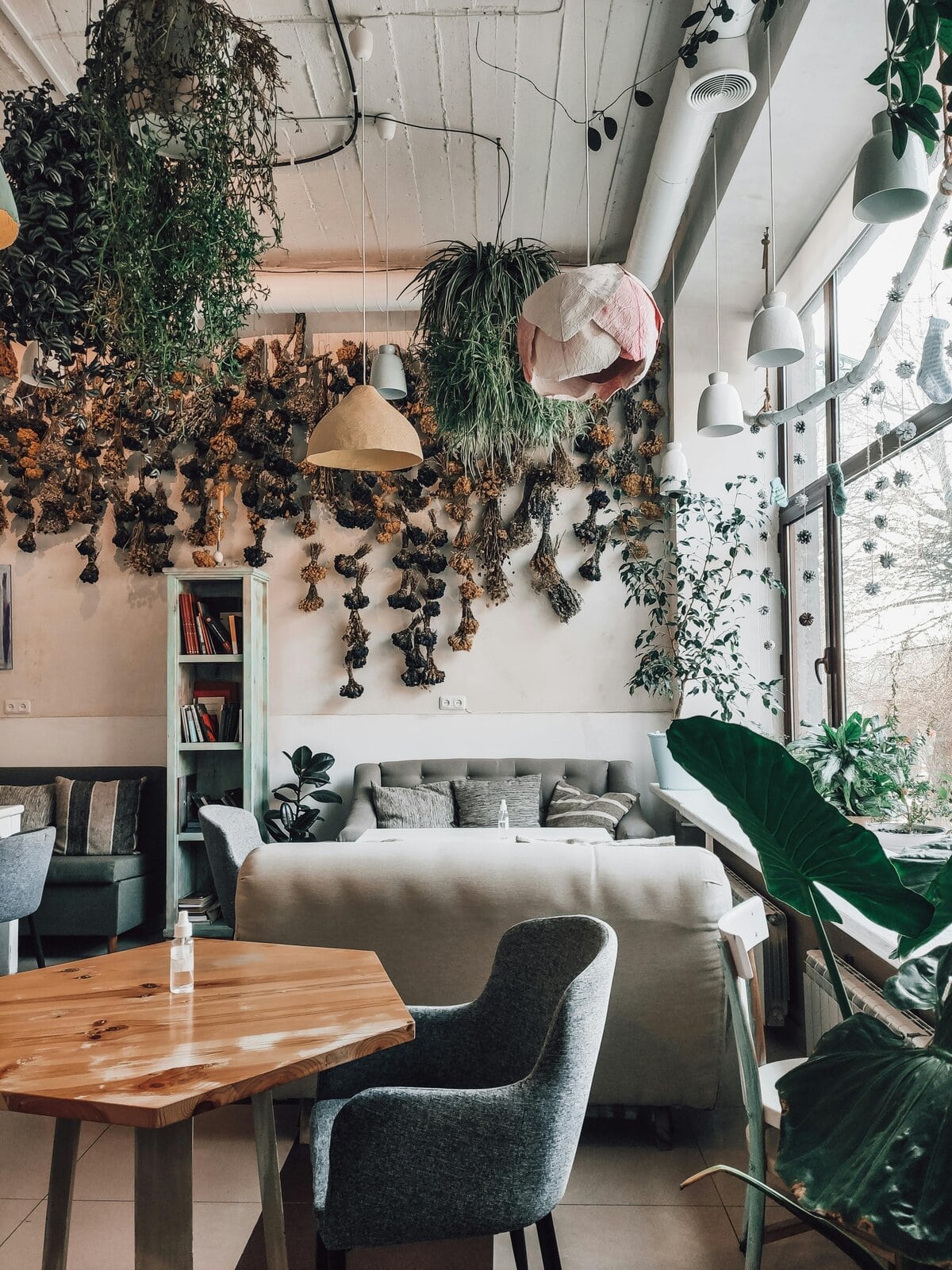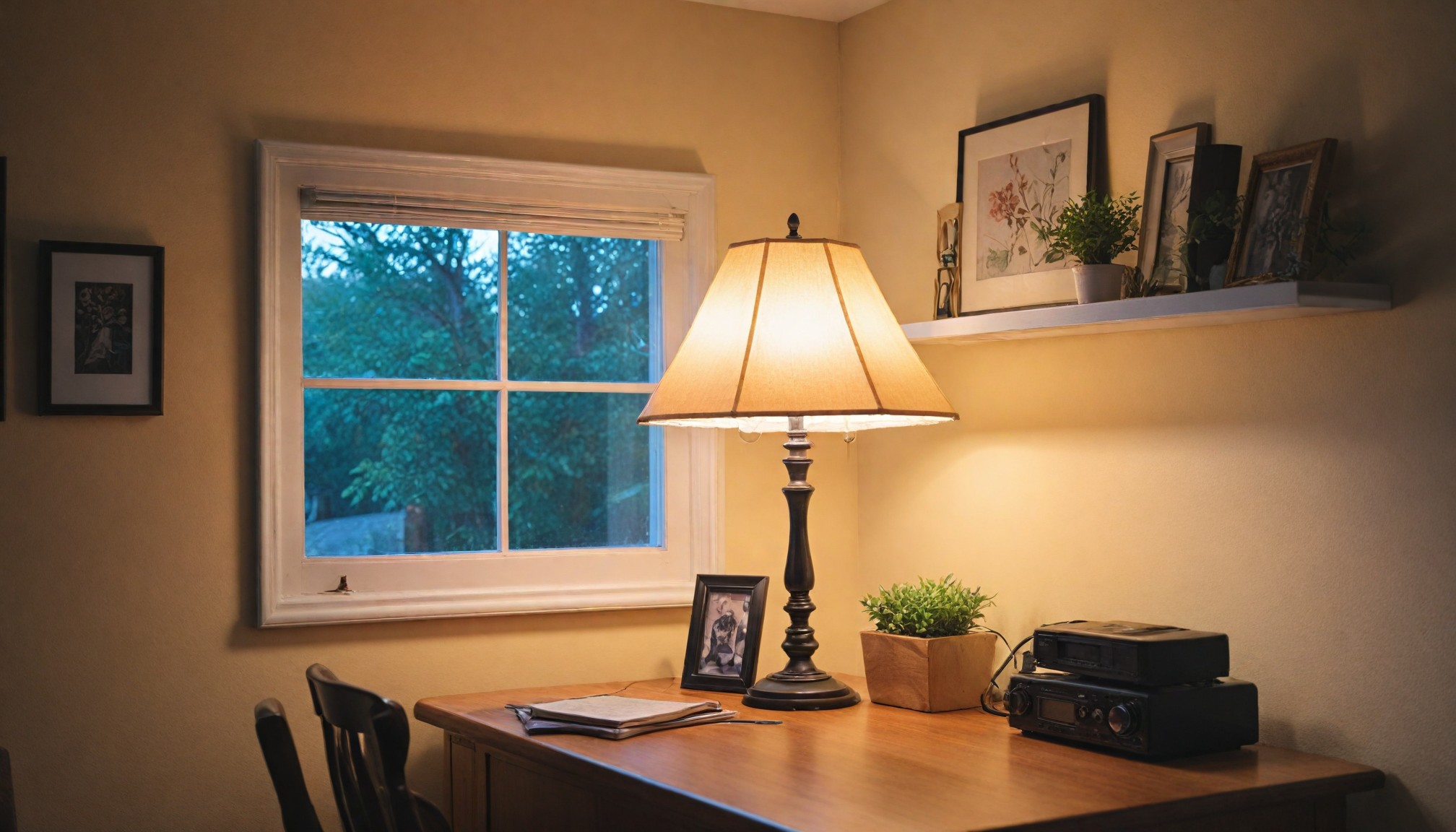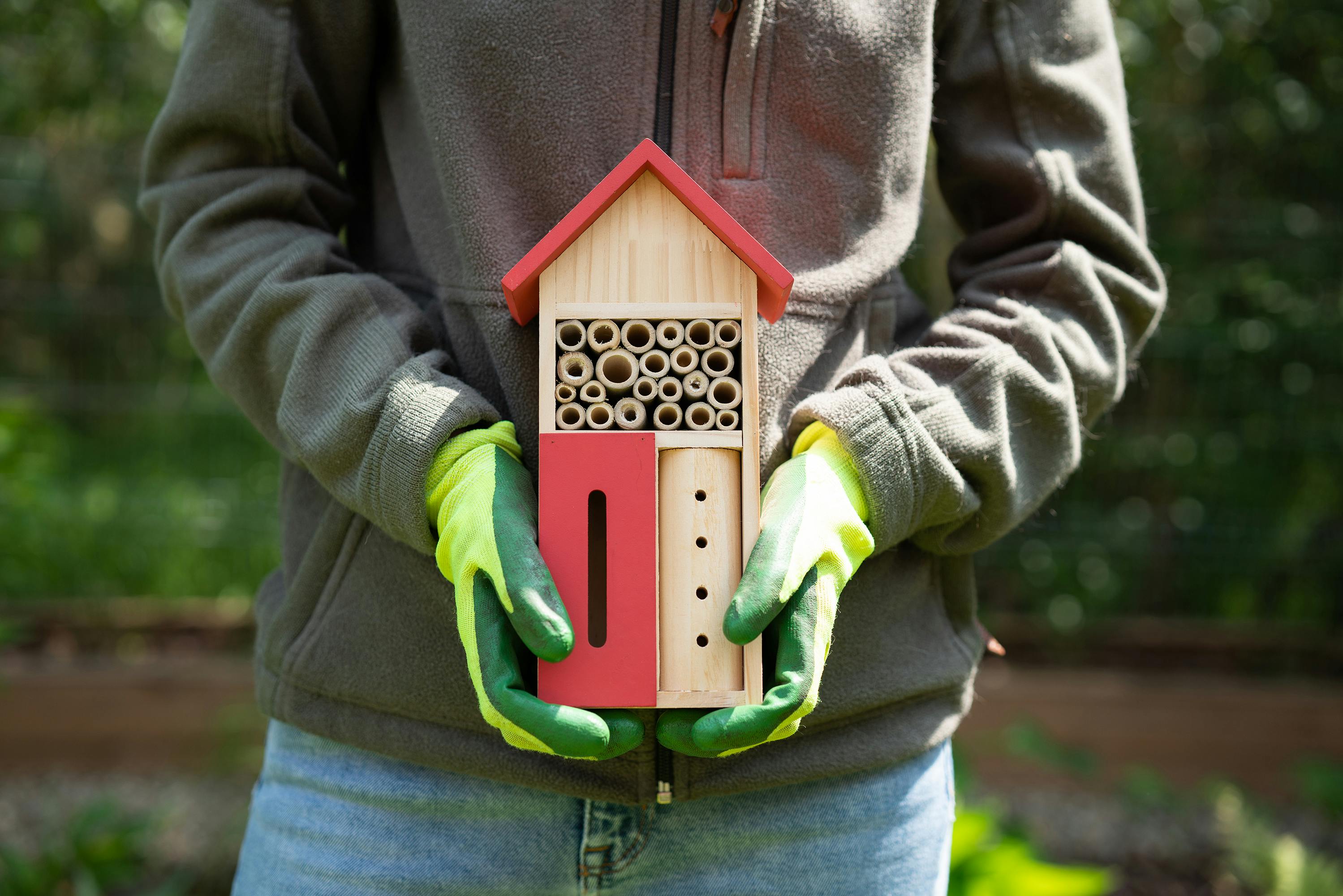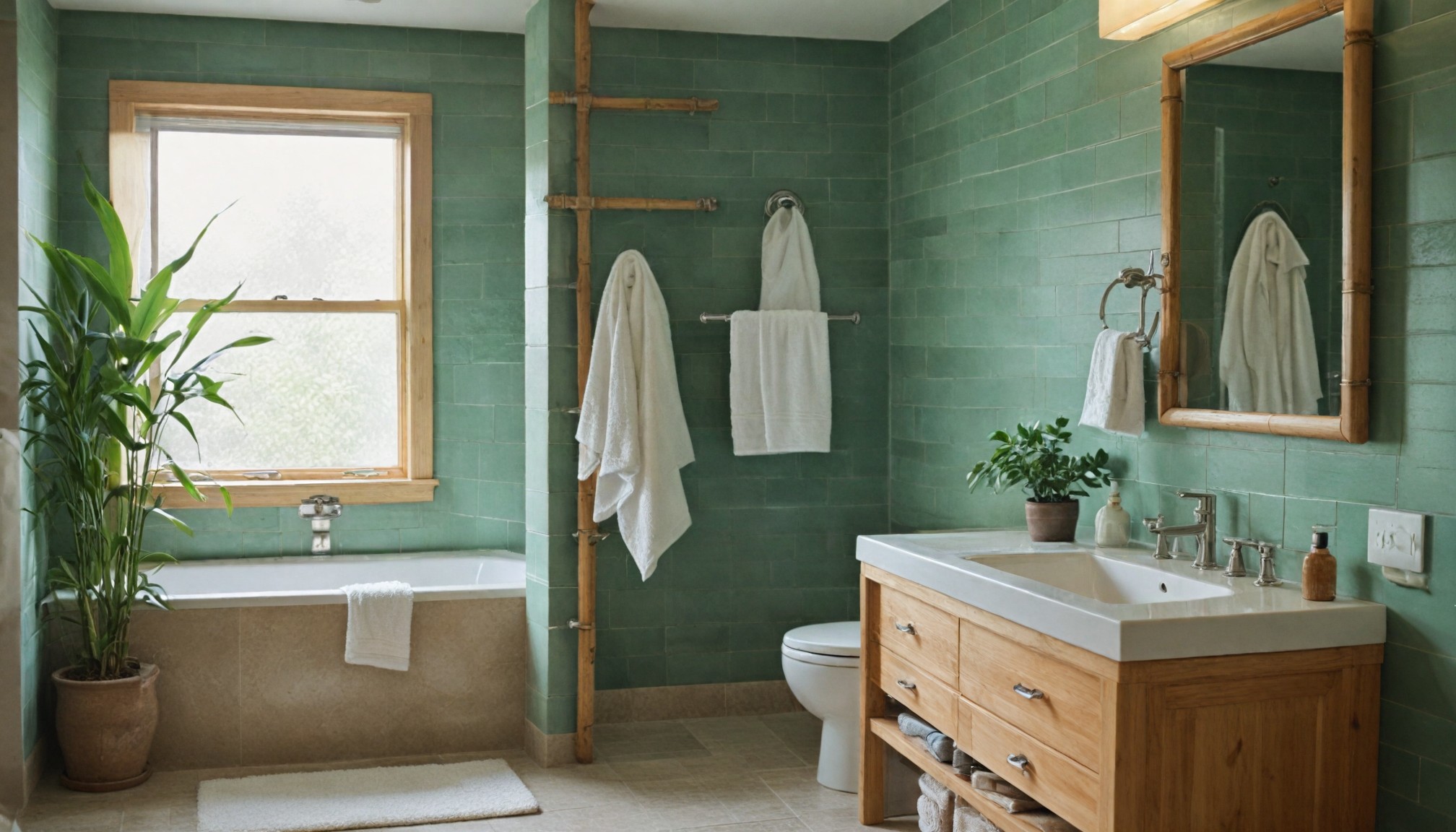
Sustainable and Eco-Friendly Design: How to Create an Eco-Conscious Home
In today’s world, sustainability is more than just a buzzword; it’s a lifestyle. As more people prioritize eco-friendly living, interior design is shifting toward sustainable practices, materials, and choices that reduce environmental impact while maintaining beauty and comfort in our homes. Here’s a guide to incorporating sustainable and eco-conscious principles into your interior design.
1. Choose Eco-Friendly Materials
The foundation of sustainable interior design begins with selecting materials that are renewable, recycled, or ethically sourced. These choices not only reduce your carbon footprint but also bring a sense of nature and authenticity into your home.
- Bamboo: A rapidly renewable resource, bamboo is a great alternative for flooring, furniture, and even textiles. It grows faster than traditional hardwood and requires fewer pesticides.
- Recycled Wood: Using reclaimed or recycled wood in furniture or accent pieces gives your home a rustic charm while helping reduce deforestation.
- Cork: Harvested from cork oak trees without harming the plant, cork is a sustainable choice for flooring and insulation. It's durable, warm, and hypoallergenic.
- Recycled Glass: Used in countertops, tiles, and decorative accents, recycled glass adds a modern touch to interiors while reducing waste in landfills.
2. Embrace Energy-Efficient Design
Energy consumption is a significant part of a home's environmental impact. Energy-efficient design helps reduce this by integrating appliances, lighting, and even windows that minimize power usage.
- LED Lighting: Swap traditional light bulbs for energy-efficient LED lights, which use less electricity and last longer. They’re available in various designs and can create ambiance without the hefty energy bill.
- Smart Thermostats: Programmable thermostats reduce energy waste by adjusting heating and cooling when you're not at home. These systems can help cut down your carbon footprint.
- Energy-Efficient Windows: Double or triple-glazed windows improve insulation, reduce heat loss, and lower your home’s energy consumption.
- Solar Panels: For those ready to take a big step, solar panels provide a renewable energy source, helping to power your home with clean, green energy.
3. Upcycling and Recycling in Design
Before buying new furniture or decor, consider upcycling or recycling what you already have. Upcycling involves creatively repurposing old items, while recycling transforms them into new products. Both options help cut down on waste and give your home a unique, personalized touch.
- Upcycled Furniture: Turn old, unwanted furniture into new treasures with a coat of eco-friendly paint or by repurposing materials. A vintage dresser can become a modern bathroom vanity, or old pallets can be transformed into a stylish coffee table.
- Recycled Materials: Look for home decor items made from recycled plastic, glass, or metal. From rugs to sculptures, many designers now offer chic, sustainable pieces that reduce waste.
- Thrift Stores and Antique Shops: Buying secondhand items reduces the demand for new production, cutting down on the energy and materials required to create new furniture.
4. Low VOC Paints and Finishes
Many conventional paints and finishes release volatile organic compounds (VOCs), which can be harmful to both the environment and indoor air quality. Opt for low-VOC or zero-VOC paints, which emit fewer toxic chemicals and improve air quality in your home.
- Low-VOC Paint: Ideal for walls, trim, and even furniture, low-VOC paint is a healthier alternative that doesn’t sacrifice color or durability.
- Natural Finishes: Use natural oils like linseed or tung oil for wood finishes instead of synthetic sealants. These natural oils are biodegradable and less harmful to the environment.
5. Incorporate Biophilic Design
Biophilic design connects indoor spaces with nature by incorporating natural elements that enhance well-being and reduce stress. It’s not only aesthetically pleasing but also promotes a healthier indoor environment.
- Indoor Plants: One of the simplest ways to integrate biophilic design is by adding plants. They purify the air, increase humidity, and add life to your interiors.
- Natural Light: Maximize natural light to reduce reliance on artificial lighting. Larger windows, skylights, and open floor plans can help flood your home with sunlight.
- Natural Textiles: Use organic fabrics like cotton, wool, and linen for upholstery, curtains, and bedding. These materials are biodegradable, durable, and often produced without harmful chemicals.
6. Sustainable Furniture Choices
When choosing furniture, look for brands that prioritize sustainability through ethical production, use of renewable resources, or offering pieces designed for longevity.
- Durability Over Fast Fashion: Invest in timeless, well-crafted furniture that’s built to last. Avoid fast furniture that might be cheaper but ends up in landfills within a few years.
- Modular Furniture: Opt for modular or multifunctional furniture that can evolve with your needs, reducing the need to replace items frequently.
- Certified Sustainable Products: Look for furniture certified by sustainability standards like the Forest Stewardship Council (FSC) or Cradle to Cradle (C2C), which ensure products are sourced and produced responsibly.
7. Eco-Friendly Home Accessories
Even the small details can make a big difference in sustainable interior design. From eco-friendly textiles to responsibly sourced art, your decor choices can reflect your commitment to the environment.
- Organic Linens: Choose sheets, blankets, and towels made from organic cotton, hemp, or bamboo. These materials are produced with fewer pesticides and chemicals.
- Sustainable Art: Support local artists or look for eco-friendly art made from recycled materials or environmentally conscious techniques.
- Fair-Trade Accessories: Decor items like rugs, throws, and baskets from fair-trade brands ensure that the artisans who make them are paid fairly and work in safe conditions.
Conclusion: Designing for a Greener Tomorrow
Sustainable and eco-friendly interior design isn't just about following trends—it’s about making thoughtful choices that positively impact the environment and improve the quality of life within our homes. By using renewable materials, energy-efficient solutions, and eco-conscious decor, you can create a space that’s not only beautiful but also kind to the planet. Whether you're starting from scratch or looking to make small changes, every sustainable choice counts in shaping a greener tomorrow.
Recent articles from Eco Friendly

Transforming Your Home with Energy-Efficient LED Lighting
Introduction: Switching to energy-efficient LED lighting is one of the most impactful changes you can make to enhance your home’s sustainability. LED lights offer significant be...

Building a Bee Hotel: Supporting Pollinators in Your Backyard
Creating a bee hotel is a fun and rewarding way to support pollinators in your backyard. Bees play a crucial role in our ecosystem, pollinating a significant portion of the plants we rely on for...

Transform Your Bathroom with Eco-Friendly Bamboo Towel Bars
Introduction: Bamboo towel bars are an eco-friendly and stylish addition to any bathroom renovation. Bamboo, a rapidly renewable resource, offers both durability and aesthetic a...